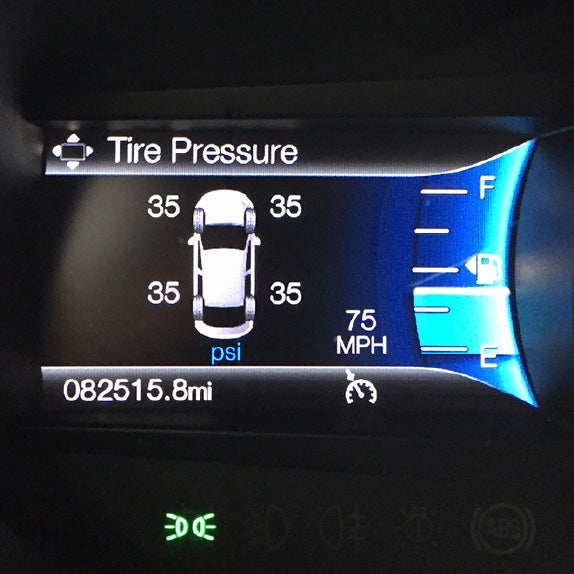
Modern features like Traction Control, Anti-lock Braking System (ABS), and all-wheel drive (AWD) or four-wheel drive (4WD) systems can greatly enhance safety when driving in rain or driving in snow. However, even with these technologies, it’s crucial to know how your vehicle responds in different weather situations and to adjust your driving accordingly. Here are a few thoughts from your local Ford dealer.
Tire Maintenance and Selection
For rain, ensure your tires have adequate tread depth to channel water away and reduce the risk of hydroplaning. In snowy months or when traveling in winter, consider switching to winter tires, which are designed to provide better traction on snow and ice compared to all-season tires. Regularly check tire pressure, as temperature changes can affect it, and improperly inflated tires compromise vehicle handling and safety.
Reducing Speed and Maintaining Distance
Reducing your speed is one of the most effective ways to stay safe when you have to drive in rain or in snow. Wet and icy roads increase stopping distances, making it harder to react to sudden changes. Drive at a speed that allows you to maintain control of your Ford and react to unexpected situations. Additionally, increase your following distance from the vehicle ahead to allow more time to stop safely without skidding or causing a collision.
Handling Skids and Hydroplaning
Even with careful driving, your Ford may skid on wet or icy roads. If this happens, don’t slam on the brakes! The key word to remember is “gently.” Gently steer in the direction you’re intending to go, and gently pump on the brakes. If you begin to hydroplane, take your foot off the gas and keep your wheel steady, steering straight until you regain traction. Avoid making sudden turns or braking hard, as these actions can make the situation worse.
Using Lights and Windshield Wipers
In rainy or snowy conditions, visibility can be significantly reduced. Always use your headlights to make your vehicle more visible to other drivers. This is not just for your visibility, but also for others to see you. Additionally, ensure your windshield wipers are in good condition and use them as needed to keep your view clear.
Planning and Preparing for the Journey
Before setting out, plan your route and consider alternative routes in case of road closures or extreme weather conditions. Check weather forecasts and road condition updates. It’s also wise to keep an emergency bag in your vehicle, with things like blankets, a first-aid kit, a flashlight, and some food and water.
Always remember that safety comes first, and if conditions are too severe, consider postponing your trip until the weather improves. And if you need any assistance with preparing your car for challenging weather conditions, come in and see us over here at Interstate Ford.



